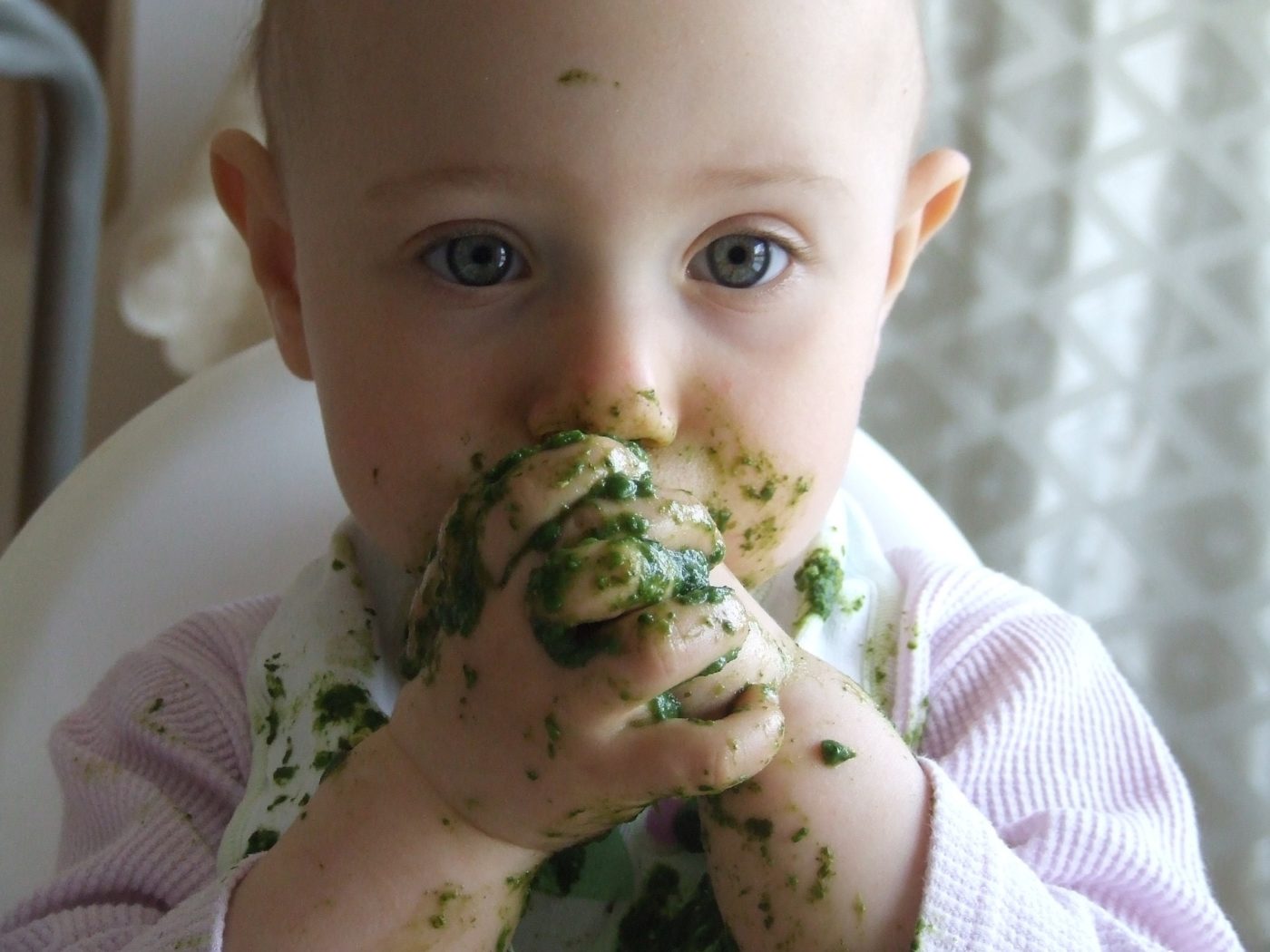Most everyone knows and agrees that exclusive breastfeeding is the ideal way to feed a baby until he is about 6 months old. Thereafter, parents and professionals seem to have some misunderstandings and misinterpretations about the immune properties, and the amount of breastmilk babies need after 6 months.

Two big misunderstandings
Some people erroneously believe that there are no immune benefits to human milk after 6 months. Does this make sense? Is it possible that the breast flips a switch and turns off the immune protection at exactly 6 months? What a preposterous idea!
Additionally, another misinterpretation has to do with the amount of breastmilk a babies need after 6 months. And, some people seem to think that at 6 months postpartum, breastmilk is suddenly demoted to second-class citizenship in the food world. This interpretation is a gross misunderstanding of the recommendations.
Here are the recommendations
The World Health Organization (WHO) has published a list of actions (see page 2) for successful complementary feeding.
Here’s what people hear
Oddly, people apparently hear several actions which are not on WHO’s checklist. Nor are they on any other list! (And they certainly could not be considered “successful”!) I’m not making these up. These are actions I’ve heard parents and professionals recommend or do.
- Offer the solid foods first, because the quality and quantity of nutrients from breastmilk is inferior to the solid foods. Then, make sure he fills up on the solid foods; he can breastfeed afterwards if he still wants something.
- Don’t worry, you’ll still have plenty of milk.
- Start solids precisely when the baby turns 6 months old. (Um, maybe not…)
- Don’t be concerned with whether the baby shows any signs of developmental readiness for solid foods. But certainly, seeing just one of those milestones is enough to start getting those soft, semi-soft, or solid foods into his mouth.
- Load the food onto a spoon. Be sure he takes the amount you have decided is appropriate for him. If he spits it out, just put it back in.
- Disregard the baby’s feelings. He might not like the idea—or the taste or smell or texture of the food you’re offering—but he’ll get used to it. These foods contain critical nutrients, so just be sure he gets them.
- The solid food is given so you can wean him.
Worded that way, such ideas seem ridiculous, right? So, let’s look at the additional details that the World Health Organization provides.
Here’s how sequence and amount matter
Two words are especially important WHO’s recommendations. First, parents should offer solid foods. (You might call this baby food or table food or strained or pureed food.) Next, the baby may explore it, or flat-out refuse it. That’s okay. The food is only a complement to breastfeeding. Offer the breast first, let the baby have whatever they like, and then give the complementary food. Therefore, just as you listen to your own body’s cues and trust your own body, you should trust your baby to know his own needs.
There’s no absolute need to use a spoon. Finger-feeding is fine. (See a related blog.)
Hence, with all of the talk about solids, this begs the question: What is the amount of breastmilk babies need after 6 months?
The WHO spells out the how breastmilk provides the energy (caloric) needs for babies at different ages:
- 6-12 months: half or more of an infant’s energy needs
- 12-24 months: one third of the child’s energy needs
The WHO presents that recommendation differently elsewhere. But the take-home message is the same: Complementary foods should be offered:
- from 6-8 months, only 2-3 times a day.
- from 9-11 months, only 3-4 times a day.
- from 12-23 months, 3-4 meals plus snacks.
Hence, as you visualize at the amount of breastmilk babies need after 6 months, look at it this way: During the last half of his first year, only about 25% of his daily intake should be from solid foods.
The amount of breastmilk babies need after 6 months is your responsibility.
The baby depends on you to do the right thing. Therefore, there is no need to “make” the baby eat food. Just offer it. There’s no recommendation to “replace” the mother’s milk, only to “complement” with other foods.
What are your thoughts? Tell me in the comment below!

Great information! I don’t think Doctors know much about offering solid foods. I was given zero direction 25 years ago. Kellymom has some great guidelines as well.
Lori, thank you for reading, glad it was helpful!